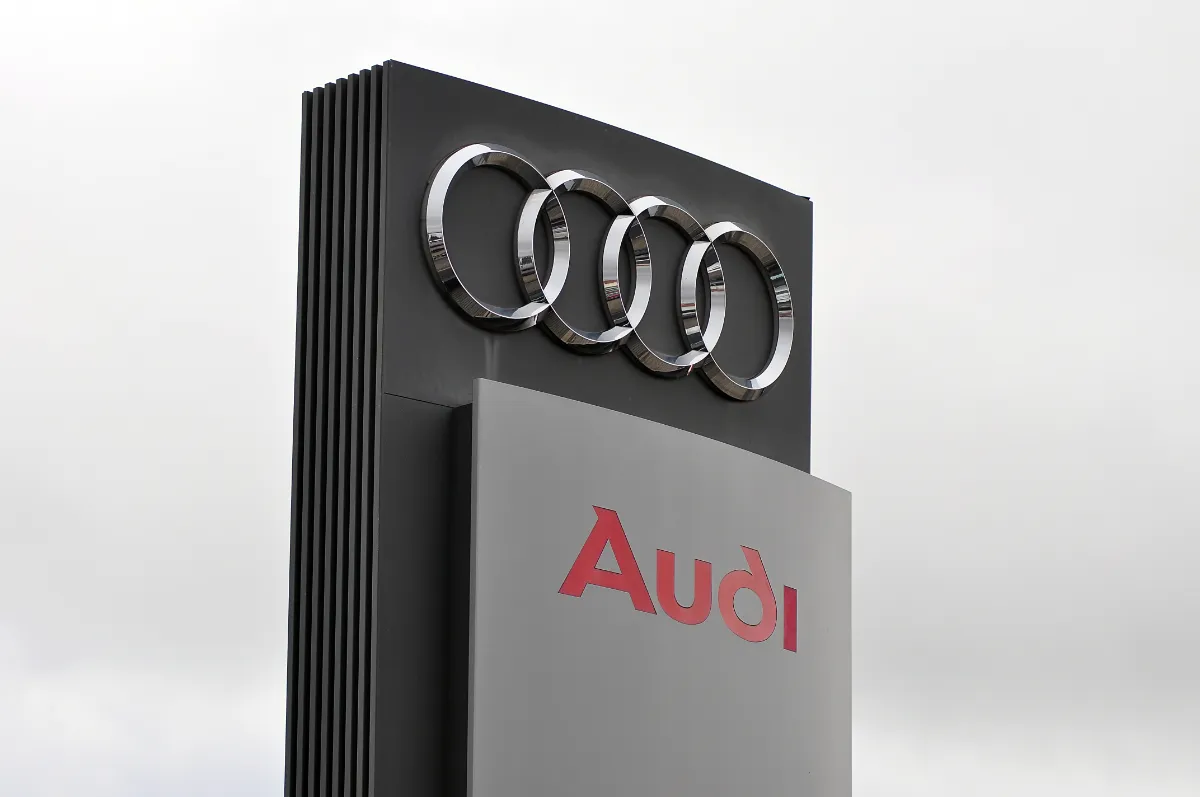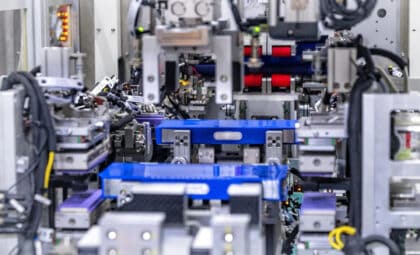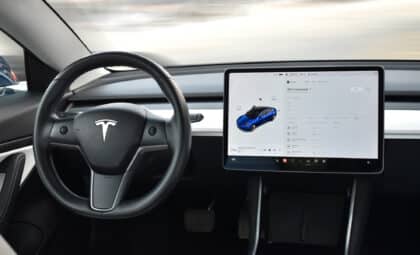These days, technology touches every part of our lives—even something as straightforward as fixing a flat tire can turn into a real headache. This was the case with an Audi, where what should have been a quick repair turned into a drawn-out ordeal. The situation shows just how complicated modern cars have gotten and makes you wonder how we can keep things simple while still pushing the envelope.
The unexpected maze of modern car fixes
It all started with a flat tire on an Audi caused by a nail. What was meant to be a 10-minute quick fix ended up taking 30 minutes because of the car’s hyper-connected systems. A TikTok video by BleedFuel (@bleed_fuel) captured the whole episode, racking up over 360,000 views. This buzz really shows that a lot of car owners are feeling these kinds of tech troubles today.
Modern rides, especially high-tech ones like Audis, come with safety systems that talk to each other using sensor data. A single low-pressure alert from the tire pressure monitoring system (TPMS)—thanks to that pesky nail—can ripple through other systems like the anti-lock brakes (ABS), electronic stability control, traction control, adaptive cruise control, and parking brake modules. Each wheel has its own pressure sensor sending info to the electronic control unit (ECU), which tweaks ABS settings, stability, and cruise functions as needed.
Safety-first design and its knock-on effects
These cars are built with safety coming first. The onboard computer treats any sensor glitch like a “spider-web collapse,” meaning one small hiccup can trigger a chain reaction across multiple systems. In the TikTok clip, lots of “hard faults” were logged across different parts of the car. When these faults pile up, more modules in the car’s network can get turned off or limited.
For the techs working the repairs, this tangled setup is a major pain. Even for a simple fix, they have to scan for errors, wipe fault codes, and run calibration drive cycles—a phenomenon some call “software creep.” On top of that, most independent repair shops don’t have access to the original equipment manufacturer (OEM) diagnostic tools since they come with a hefty price tag and subscription fees.
The toll on drivers and repair shops
Relying on dealer-only diagnostics means more time under the hood and a higher bill for drivers, similar to issues faced in luxury car maintenance. Customers are often left stuck with delays and extra charges. Independent mechanics don’t get much of a choice except to call in the dealerships for a full diagnostic check. On forums like r/Justrolledintotheshop, folks vent about needing special tools that only dealerships offer. One Redditor put it this way: “I’m fed up with how many special tools you need… manufacturers get around the ‘right to repair’ act by offering expensive tools only available through dealers.”
Ignoring those fault codes isn’t really an option either—skipping them can mess with brake performance and other important systems. Things get even trickier with electric vehicles and luxury brands that pack in more sensors and ECUs than your average car.
Looking ahead: pushing for easier fixes
As cars keep getting more high-tech, there are more voices calling on regulators to set up better repairability standards and universal diagnostic interfaces. The rise of Vehicle-as-a-Service models also means we’re leaning more on remote diagnostics and software updates.
While the latest tech definitely brings benefits in safety and performance, it also comes with its own set of challenges for drivers and repair shops alike. By tackling these issues head-on, everyone involved can make sure that the newest innovations stay within reach without overcomplicating everyday fixes.
This whole situation is a reminder of just how intertwined technology is with our daily lives—and it shows the need to keep a good balance between cool new features and keeping things easy to use for everyone taking care of modern vehicles.









